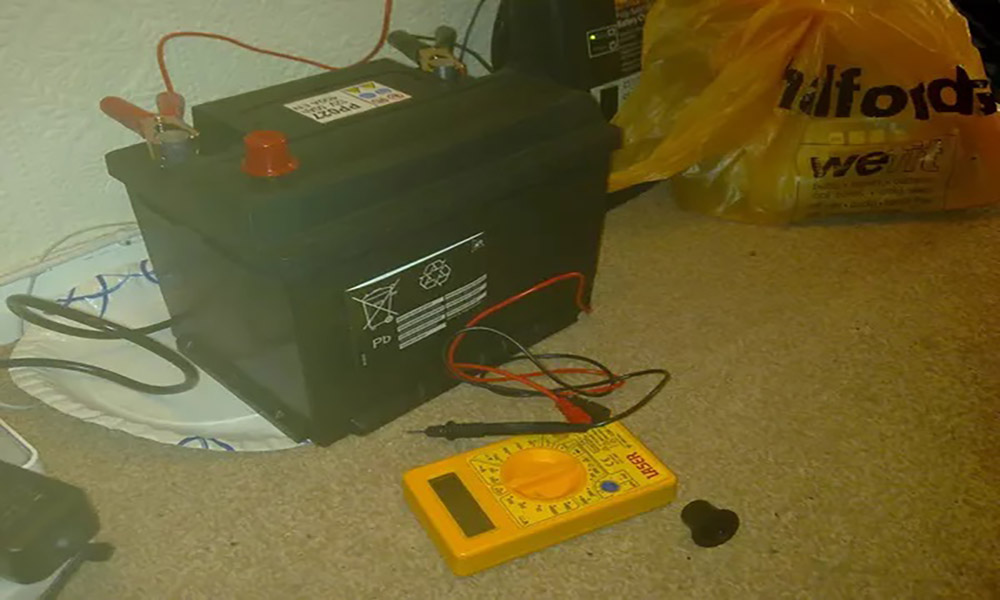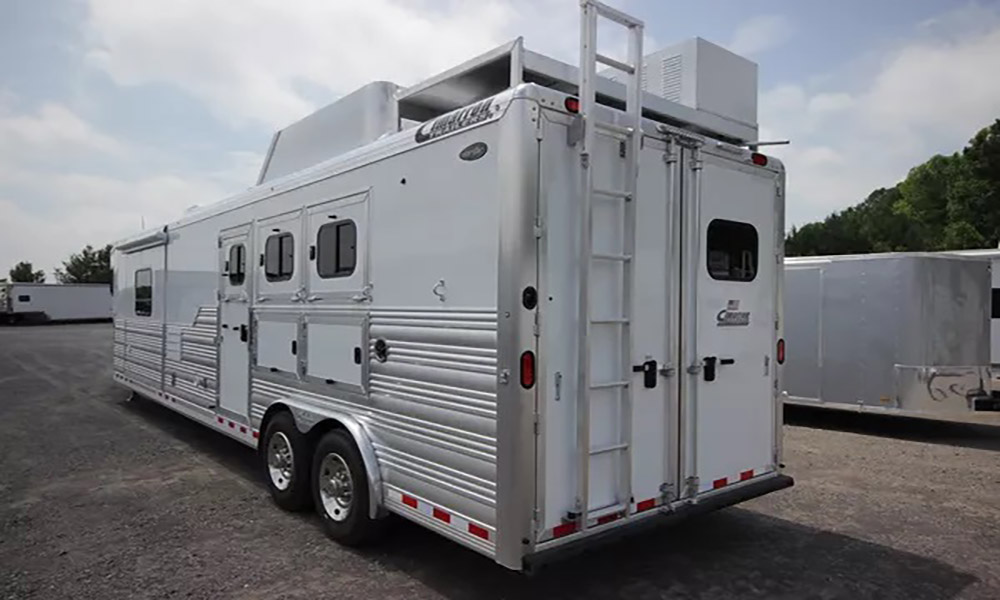Have known about the Pashbull deep cycle battery for RV? why do not continue to dive in learning it? A 12V lithium deep cycle battery outperforms a lead-acid or an AGM battery. The lithium battery, often famous as a LiFePO4 battery, has been thoroughly studied and is now accepted as secure and appropriate for most indoor and outdoor uses.
They get particularly popular among 4×4 enthusiasts, camper and caravan aficionados, naval and boat hobbyists, motorcycle and scooter art lovers, lawn mower and multipurpose enthusiasts, golf carts, and solar system enthusiasts. These batteries get mostly utilized for RVs’ internal energy storage power, which can power numerous electrical gadgets within the vehicle. Pashbull RV batteries have standard voltages of 12.8V, capacities ranging from 100Ah to 640Ah, and various sizes.
Let’s know more about the volts and operating time of Pashbull deep cycle batteries!
1. What Have The Applications For Deep Cycle Batteries?
Before choosing a battery, you should know what needs to get charged, how long, how frequently, and how much power it requires. The deep cycle battery for RV, in general, is cyclic applications in which the user instructs the battery when it requires to get used.
For example, a healthcare cart used at hospitals will be unplugged and will require battery power for the duration. In this case, the nurse or doctor informs the battery when it will be utilized by turning on the healthcare cart. It will get utilized for several hours each day, every day. It must give continuous power for an extended period, indicating that this deep discharge application requires a deep cycle battery for RV.
The battery in your mobile phone is another illustration of a deep-cycle battery. Based on its age, this battery gets intended to last for an entire single battery charge and get utilized daily. Turning on the phone or removing it from the charge signals the battery is time to be utilized. If you’re like most people, you wait until your phone is entirely dead before plugging it back in – the DOD is 0%. Because you anticipate this battery to supply steady power throughout the day, a deep cycle battery must get used.
Deep cycle battery technology is used in various sea, leisure (including RV batteries), accessibility scooters, all forms of electric vehicles, and solar applications.
High-rate batteries are often used in backup or emergency-use situations to distinguish themselves. It is an application in which a battery sits in an elevator waiting to give backup power during a power outage. These batteries will have to deliver a large amount of energy in an emergency. These batteries may even require replacement before they can get utilized. Consider a high-rate battery in your power insurance plan, supplying a large amount of power all at once in an issue. Still, a deep cycle battery will be your workhorse, delivering constant power daily – as often as the discharge cycle.
2. How Long Will A Deep Cycle Battery For RV Last?
The cyclic efficiency of a lead acidic and a lithium deep cycle battery for RV is one of the most significant distinctions. Because the capability of a lithium deep cycle battery is irrespective of the discharge rate, in deep cycling applications where the discharge rate is frequently higher than 0.1C, a lower volume stated lithium battery would outperform a similar lead acid battery.
When determining how long a deep-cycle battery for an RV will endure, it is best to do so in cycles rather than duration. A lead acid battery has a lifespan of 200 cycles, whereas a deep-cycle lithium battery has a lifespan of 2000+ cycles.

3. Deep Cycle Battery Charging Instructions:
Charging your deep cycle battery is critical if you want to extend its life and performance. The correct technique to charge your battery using the suitable type of charger is determined by the battery’s composition, voltage, and storage. Pashbull expert offers two tutorials for trying to charge a deep cycle battery for rv: one for charging a lead acid battery and another for charging a lithium deep cycle battery. If you follow these charging rules, your batteries will last longer.
4. Tips To Follow For RV Deep Cycle Batteries:
Below are some key tips you should follow for these batteries.
- Verify Your Battery’s Charge Status Regularly
If the open circuit voltage falls below 12.5 volts while the battery is not in use, recharge it. Deep cycle batteries get not intended to be maintained on a low charge, as this will likely improve the battery plates, reducing efficiency and cycle life.
- Workable Deep-Cycle Batteries Should Not Get Overcharged
If you have a maintained battery, you should check to see if there is enough electrolyte coating on the battery plates. If topping it up is necessary, do not overfill the batteries while they get discharged because the fluid contents will increase when the battery is fully charged and may overflow. Fill with purified or demineralized water only, and never with sulfuric acid. When the battery has been fully charged, fill the spouting attachments to the bottom.
- Never Completely Drain A Deep-Cycle Lead Acid Battery
The longer you drain the battery, the shorter its total cycle life will be. We recommend draining a battery to no less than 55% DOD and no more than 75% DOD. If you drain the battery to 55% of its capacity rather than 100%, it will produce 45% more amps over its life.
- Don’t Ever Replace Or Add Just One Battery To A Power Supply
When attaching batteries, ensure they are of the same age, capacity, and voltage.
The shortest path gets taken by electrical energy. The internal resistance of each battery varies. When batteries with considerable differences in internal resistance get mixed, it leads to ineffective charging, lower battery life, and poor performance.
Never combine different sizes of batteries. When you mix batteries of various sizes and capacities, you produce a charging imbalance that overcharges one and undercharges the other.

Summing Up!
Deep cycle batteries provide continuous power with minimal current drain over long periods. When attaching any power requirements to 12V parallel battery banks, always verify that the cabling is connected so that the load is distributed evenly over the entire bank. It was all about the volts and operating time of the Pashbull Deep Cycle Battery!

